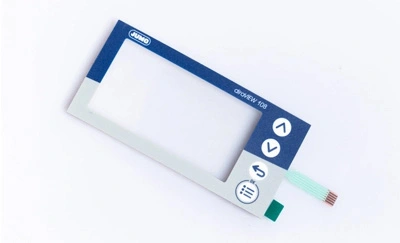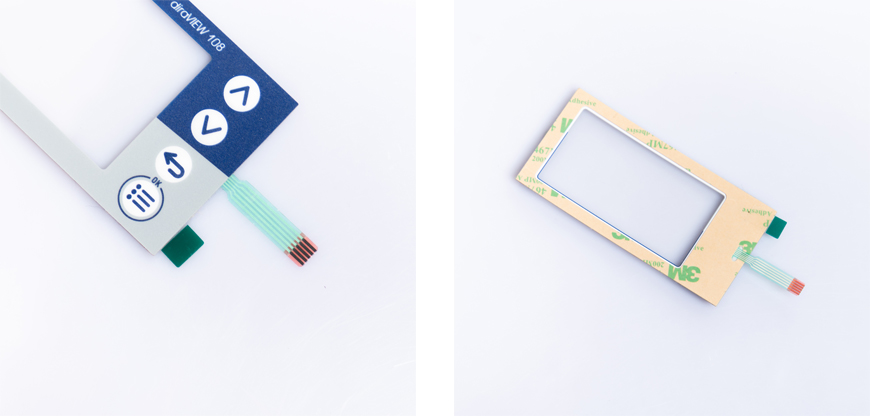
In the ever-evolving landscape of modern technology, innovation is the key to staying ahead. One such innovation that has become increasingly indispensable in various applications is the flex membrane switch. This article will take you on a journey through the world of flex membrane switches, exploring their history, construction, applications, and advantages.

Flex membrane switches are a vital component of many electronic devices. They offer a reliable and user-friendly interface, making them a popular choice in industries ranging from consumer electronics to medical equipment.
Invention and Early Development
The concept of membrane switches dates back to the mid-20th century when engineers were exploring ways to create more efficient and durable control panels. In 1960, the first membrane switch was developed, primarily for industrial applications.
Advancements in Materials and Technology
Over the decades, flex membrane switches have undergone significant advancements in terms of materials and manufacturing processes. The introduction of flexible and durable materials like polyester and polycarbonate revolutionized the industry.
Layers and Components
A flex membrane switch consists of several layers, including graphic overlays, spacer layers, and conductive layers. The graphic overlay is the topmost layer, featuring the printed symbols or labels. Spacer layers provide separation between the conductive layers, preventing unintended actuation.
Working Principle
When pressure is applied to the graphic overlay, it flexes and makes contact with the conductive layers, completing an electrical circuit. This simple yet effective mechanism allows users to input commands by pressing buttons or touch-sensitive areas on the switch.
Flex membrane switches find applications in a wide range of industries, including:
1. Consumer Electronics
In devices like microwave ovens, remote controls, and coffee makers, membrane switches offer responsive and intuitive control interfaces.
2. Medical Equipment
The medical field relies on membrane switches for their durability and resistance to contamination. They are often used in devices such as ultrasound machines and patient monitors.
3. Automotive Industry
In modern cars, flex membrane switches control various functions, such as window operation, seat adjustments, and infotainment systems.
1. Durability
Flex membrane switches are known for their long lifespan, withstanding millions of actuations without failure. This durability is crucial in applications where reliability is paramount.
2. Customization
Graphic overlays can be customized to match the design and branding of the device, enhancing its aesthetic appeal.
3. Cost-Effective
Manufacturing flex membrane switches is a cost-effective process, making them an economical choice for both large-scale production and small-scale applications.
Flex membrane switches have come a long way since their inception, becoming an integral part of the modern technological landscape. Their durability, versatility, and cost-effectiveness make them an attractive choice for a wide range of industries.
1. Are flex membrane switches waterproof?
Flex membrane switches can be designed to be waterproof, making them suitable for applications where exposure to moisture is a concern.
2. How long do flex membrane switches typically last?
Flex membrane switches are known for their durability and can last for millions of actuations, ensuring a long lifespan for devices.
3. Can flex membrane switches be used in harsh industrial environments?
Yes, flex membrane switches are designed to withstand harsh industrial environments, making them suitable for rugged applications.
4. Are flex membrane switches easy to clean and maintain?
Yes, flex membrane switches are easy to clean and maintain, making them ideal for applications in the medical and food industries.
5. Can I get custom designs for the graphic overlay of a flex membrane switch?
Yes, graphic overlays can be fully customized to meet the specific design and branding requirements of a device.